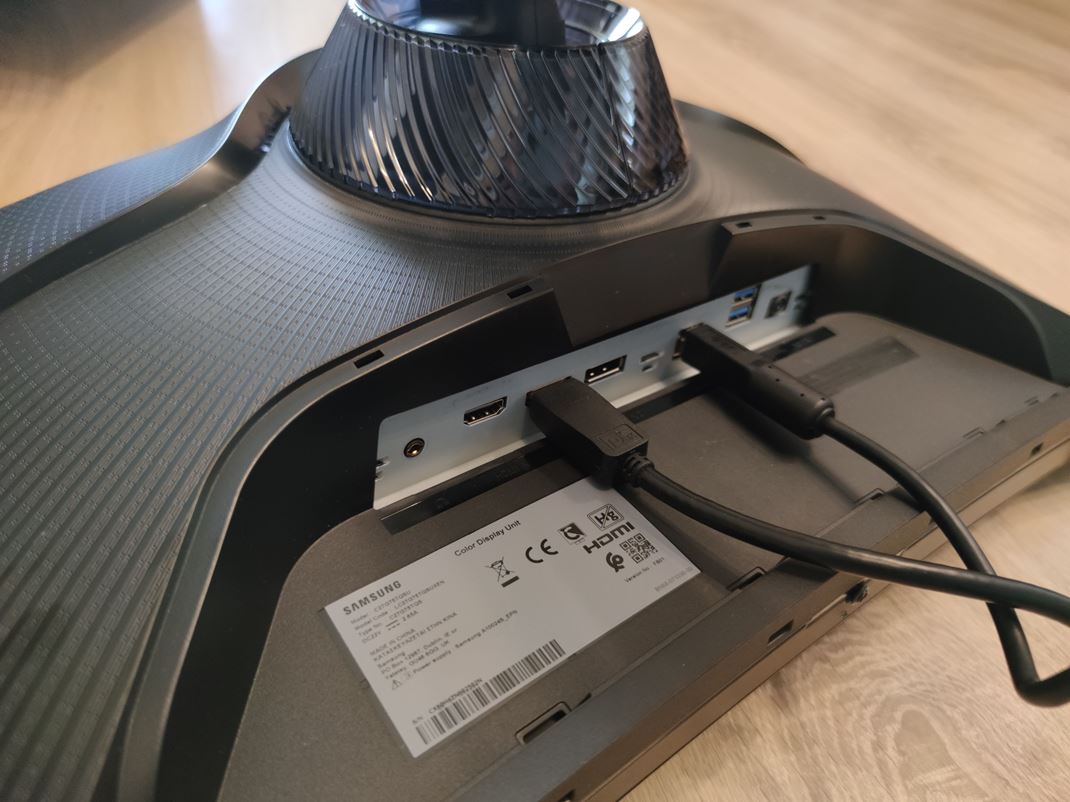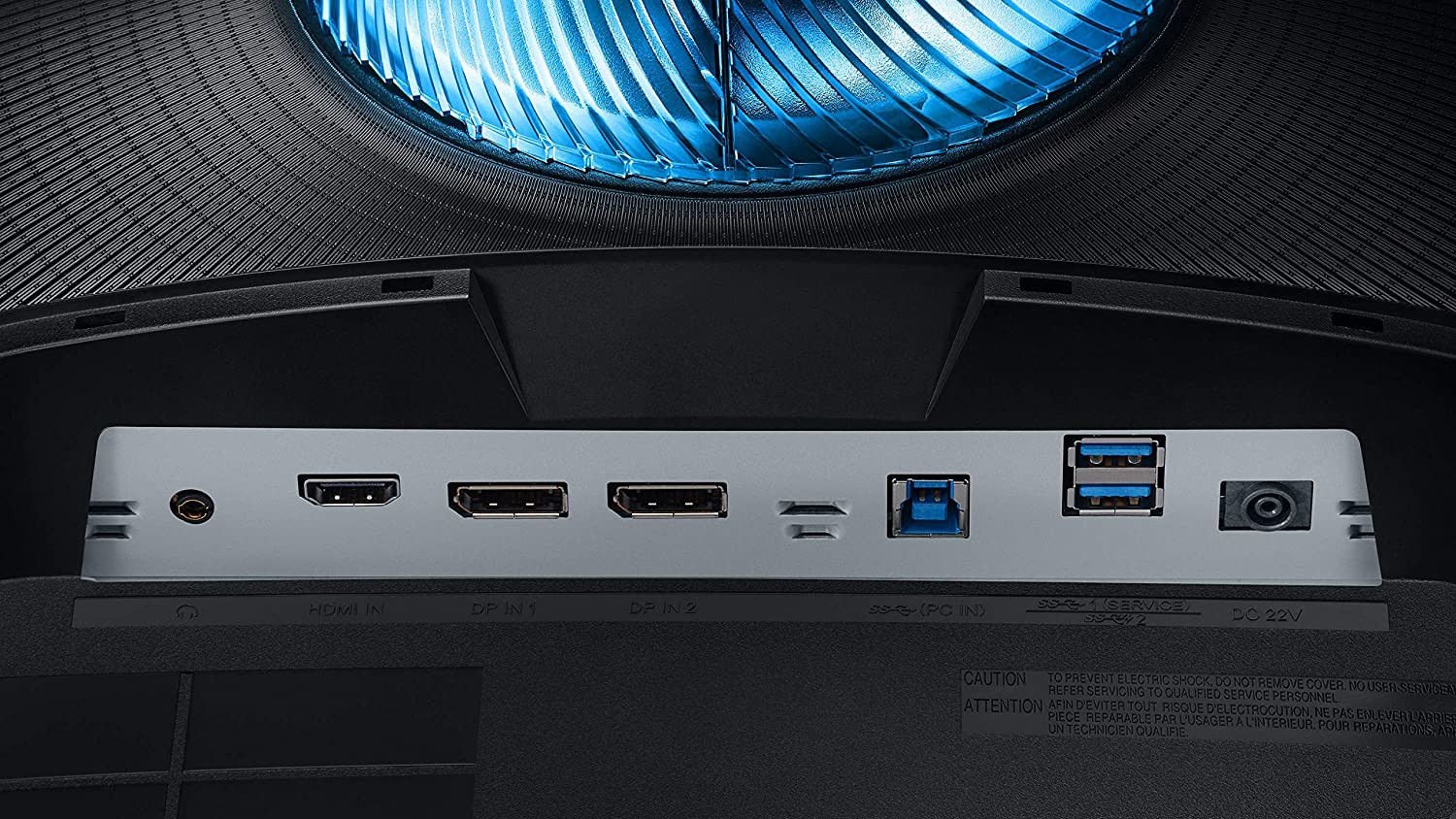
- #Samsung odyssey g7 displayport issues Pc
- #Samsung odyssey g7 displayport issues tv
- #Samsung odyssey g7 displayport issues windows
#Samsung odyssey g7 displayport issues windows
Aside from making the wakeup process slow (which I could live with), it causes all of my windows to be moved to another monitor - super annoying. When the monitor goes to sleep after the time set in Windows settings expires, it goes through a disconnect/reconnect process when it wakes up, as if I had unplugged/replugged the Displayport cable. There's just one issue that's been perpetually bugging me. I've recently gotten a G7 (27 inch), and it's a really nice monitor. That said, it is true that a global level, it helps alleviate power consumption, which is important for areas who isn't powered by clean energy or have limited power availibility) in an office with thousands of the same monitors.

So, all I can say is ensure you have the latest firmware, and make sure all eco-mode garbage features are turned off (none of them make sense in a home setting in my opinion. It was made for laptops being docked with multiple screens, then undocked, and later docked back again restoring all window placements. This wasn't done for DP Deep Sleep, it's just an accidental coincidence it helps. Windows 11 corrects this problem by memorizing window placement when display configuration changes and comes back. The issue of this feature is that, as you noted, when you have a multiple monitor setup, your GPU thinks that the cable was disconnected and so tells Windows that the display has been lost, and so Windows moves all windows to the other screen. Some monitor manufacturers offer the option to turn it off (meaning it won't use that deep sleep feature), other, sadly, don't.Īs you mentioned/read, DP Deep Sleep means that the monitor goes in deeper sleep power state than the normal standby (save more power), which result in the monitor completely disconnecting from the system. VRR Control: This feature is meant to reduce flicker with VRR enabled, which is a problem with other Samsung monitors, but not so much this one.The issue is that the monitor has implemented DisplayPort Deep Sleep feature.
#Samsung odyssey g7 displayport issues Pc
#Samsung odyssey g7 displayport issues tv
You can read more about all its features in the Smart Features section of the Samsung QN90B QLED TV review. It lets you stream content directly from the monitor without a computer and has built-in apps like Netflix, Amazon Prime Video, Disney+, etc. This monitor comes with Samsung's proprietary Tizen smart platform built-in, unlike older Samsung gaming monitors. The VRR Control setting is a feature Samsung implemented to help reduce the flicker seen on past models, but since there isn't noticeable flicker on this monitor and it increases the input lag, it's better to disable it. Game Mode On - PC Mode On - Refresh Rate 144Hz Additionally, if you disable Game Mode you can't send a 144Hz signal. The input lag changes depending on the settings you use, and you can see the different results below. With these settings, you can only send a fixed 144Hz refresh rate with VRR disabled, so we had to use a workaround to measure the input lag at 120Hz and 60Hz while still in Game Mode with the 'PC' input and VRR disabled.

For the lowest input lag you need to make sure you have the input label set to 'PC' and you're in Game Mode. While the input lag increases with 60Hz signals, it's still low enough for casual gaming, but you'll notice delay with BFI enabled. The Samsung Odyssey G70B has low input lag for a responsive feel with high-frame-rate signals like at 144Hz and 120Hz.


 0 kommentar(er)
0 kommentar(er)
